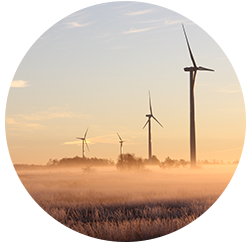How does a wind turbine work?
The kinetic energy of air in motion(wind) is converted to rotational energy when it rotates the blades of some size and shape around a rotor. The rotational energy passes through a shaft connected to a gearbox which increases the speed of the rotation to spin a generator. Then, the generator produces electricity that can be transformed, stored in batteries, used on-site, or connected to a power distribution system.
The amount of energy that can be harnessed from wind depends on the size of the turbine and the length of its blades.
Also, the output power is proportional to the dimensions of the rotor and the cube of the wind speed. In theory, the wind power potential increases by a factor of eight when the wind speed doubles.
Source: Treehugger
Benefits of Wind Energy
Challenges of Wind Energy
Types of Wind Turbines
Horizontal-axis wind turbines
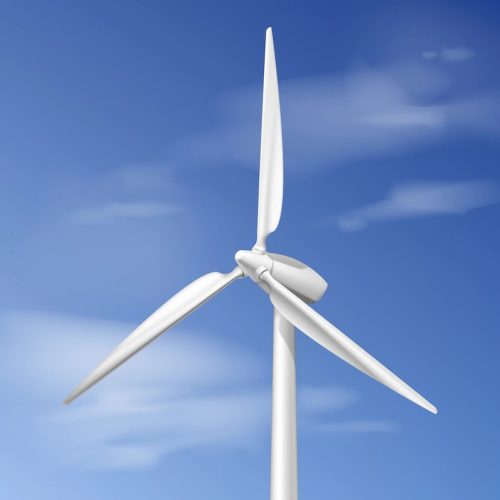
These are the most common with three blades around the rotor and operate upwind, as the turbine pivots at the top of the tower for the blades to face the wind.
Vertical-axis wind turbines
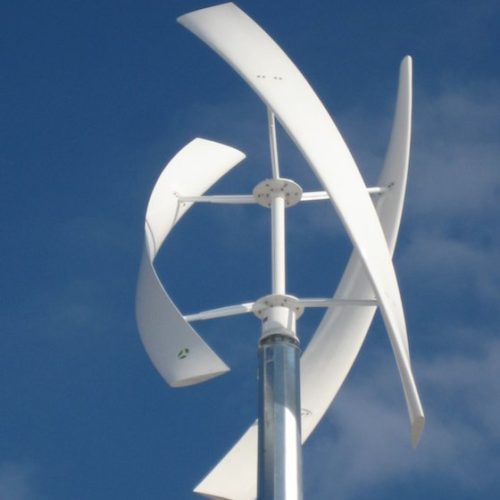
These are typically unique as they do not have to be adjusted to point in the direction of the wind for them to operate.
Classification of Wind Turbines
Utility Scale wind turbines
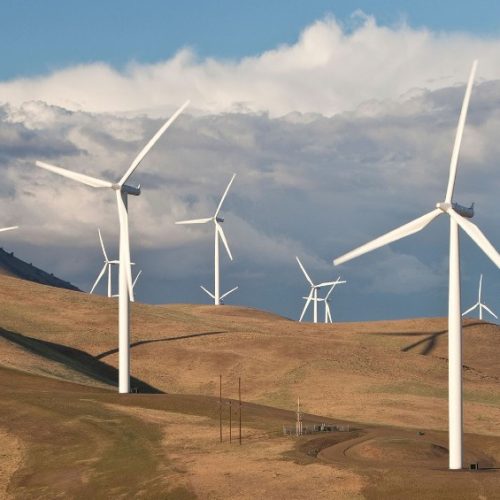
These are usually installed on land and range from hundreds of kilowatts to several megawatts for grid application. They are installed in different sizes and grouped as wind-plant to generate bulk power for utility companies.
Off-shore wind turbines
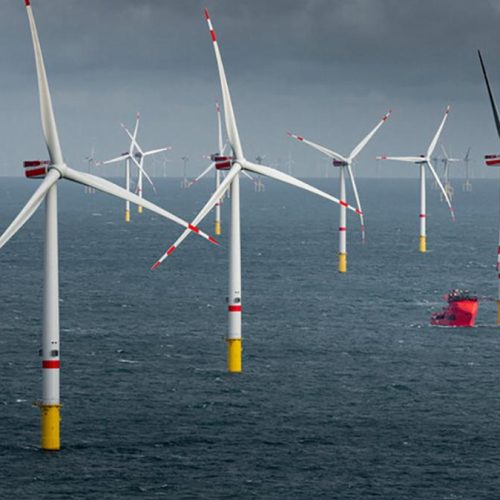
These are installed in large bodies of water such as oceans or lakes. They are larger than utility-scale and generate a tremendous amount of electricity due to their ability to capture powerful ocean winds.
Small Scale or distributed wind turbines
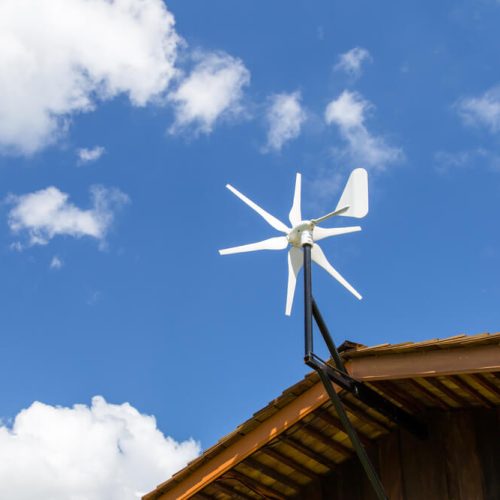
These are smaller in physical size, usually less than 100 kilowatts, and are used to meet the energy demand of a specific location or remote areas for residential, agricultural, and small business purposes. This type of wind turbine can be connected to other distributed energy resources to form a hybrid energy system such as wind and solar, wind and diesel generator, or with batteries to generate electricity. They can be grid-connected or off-grid.


